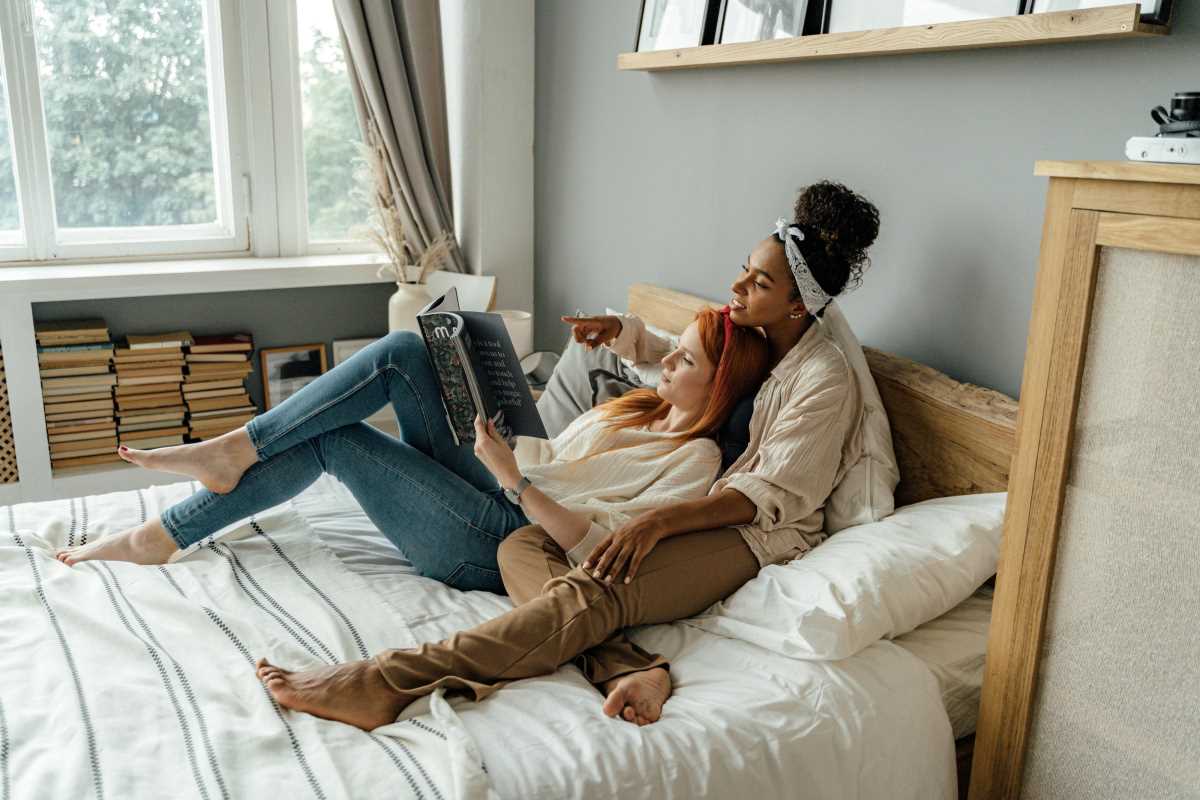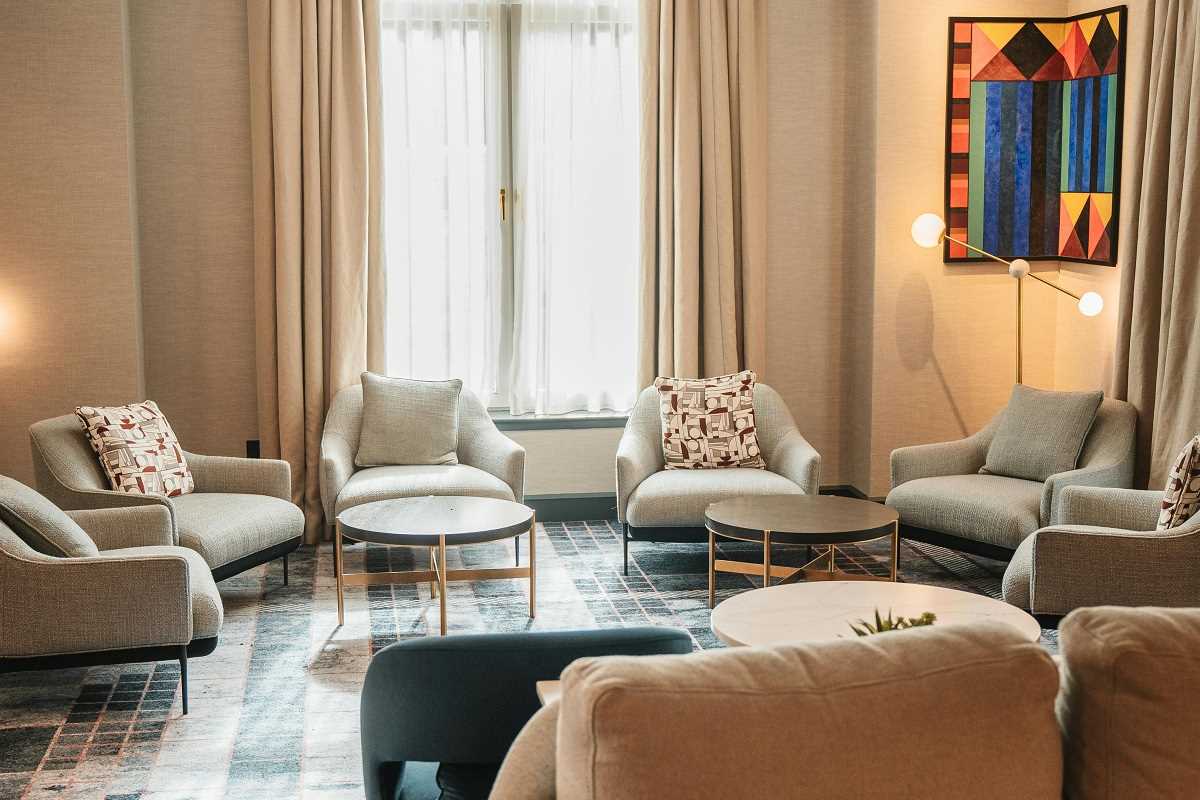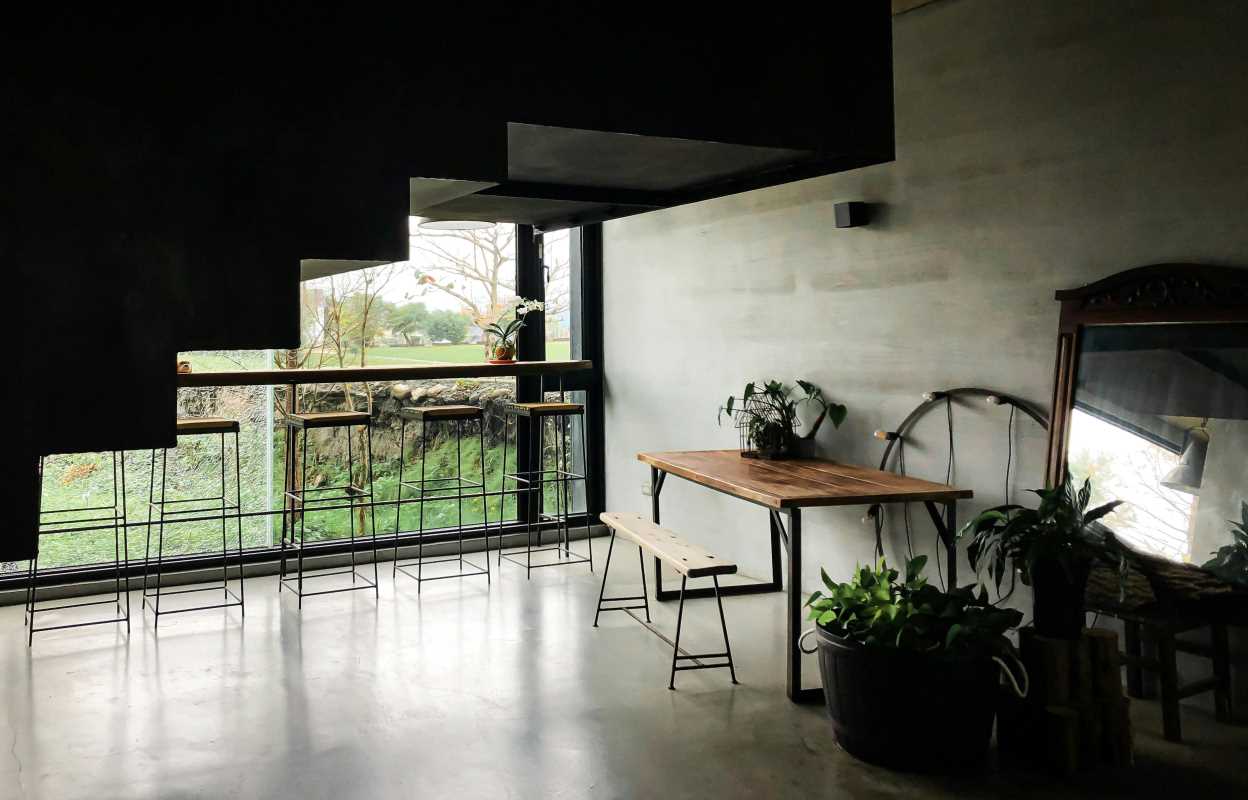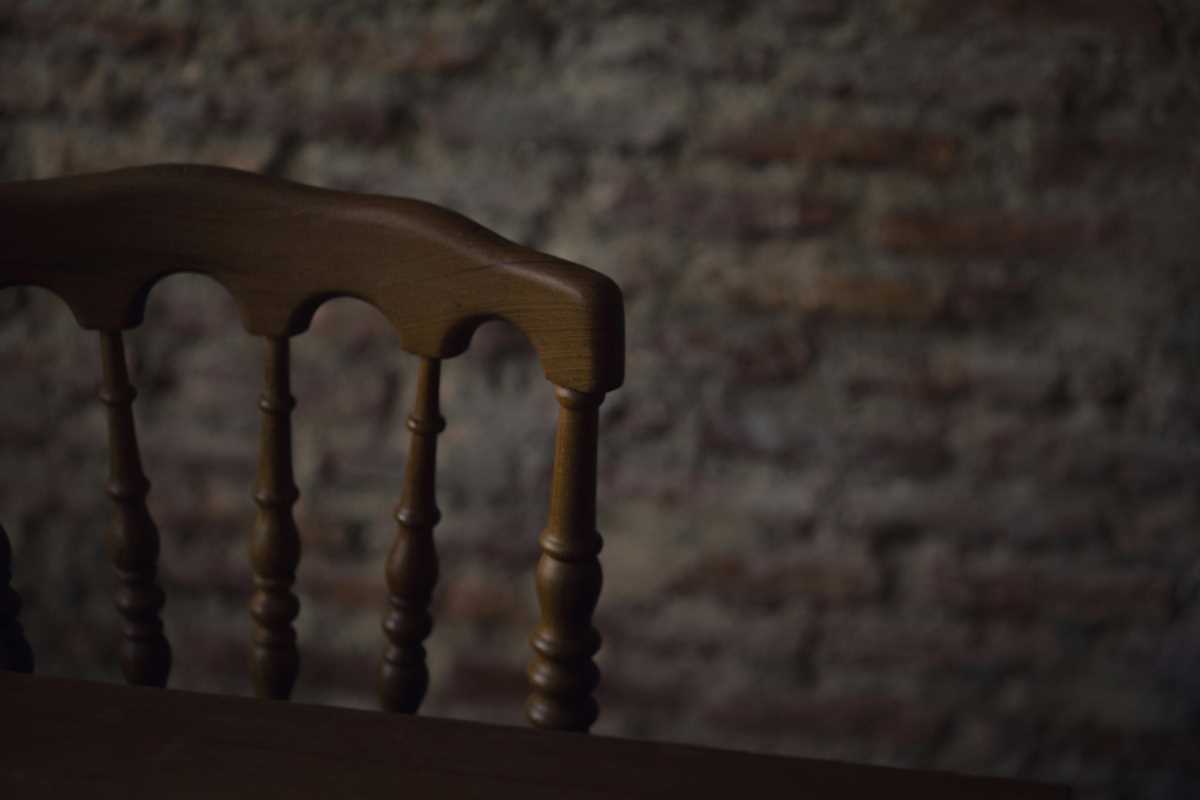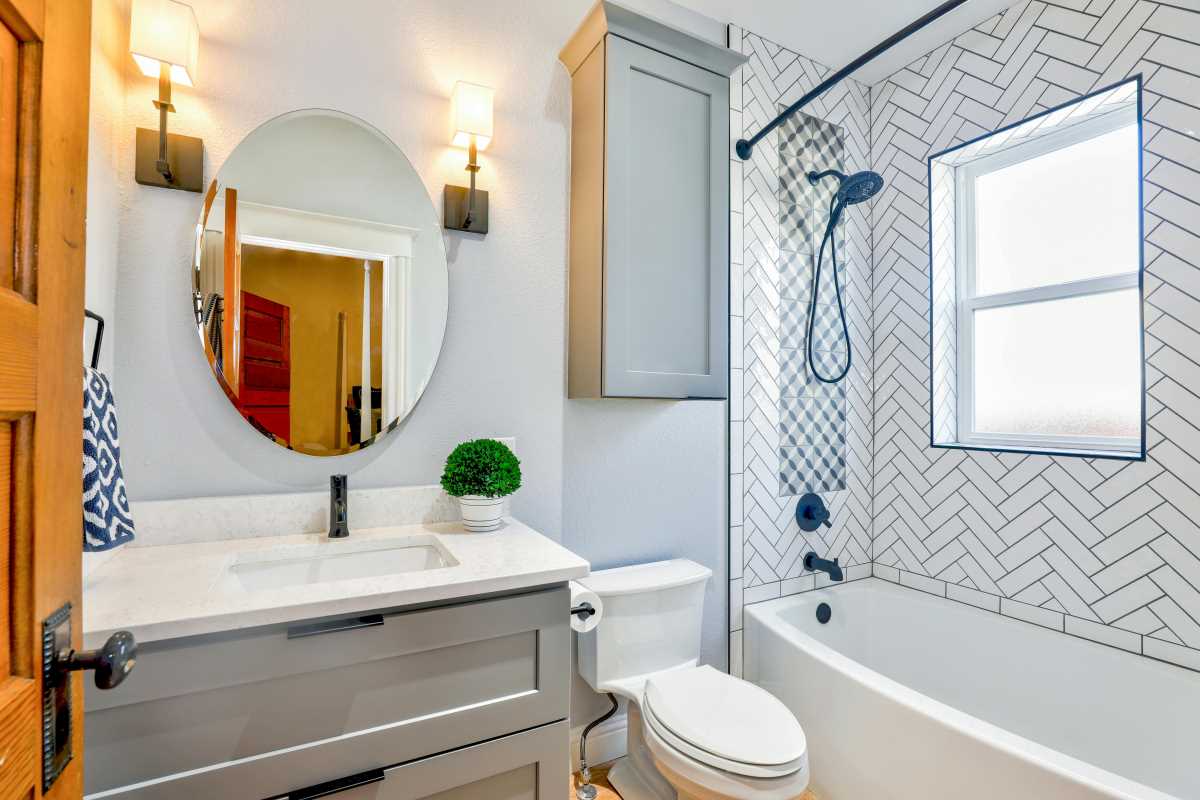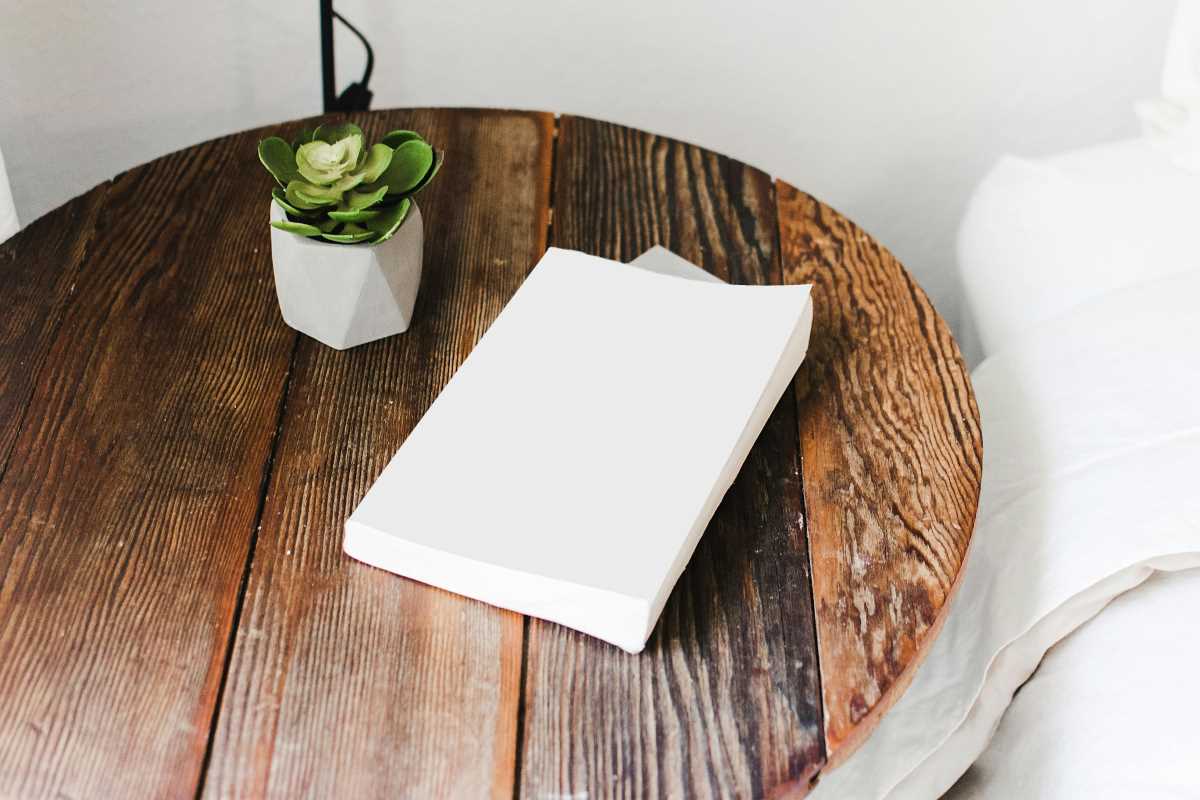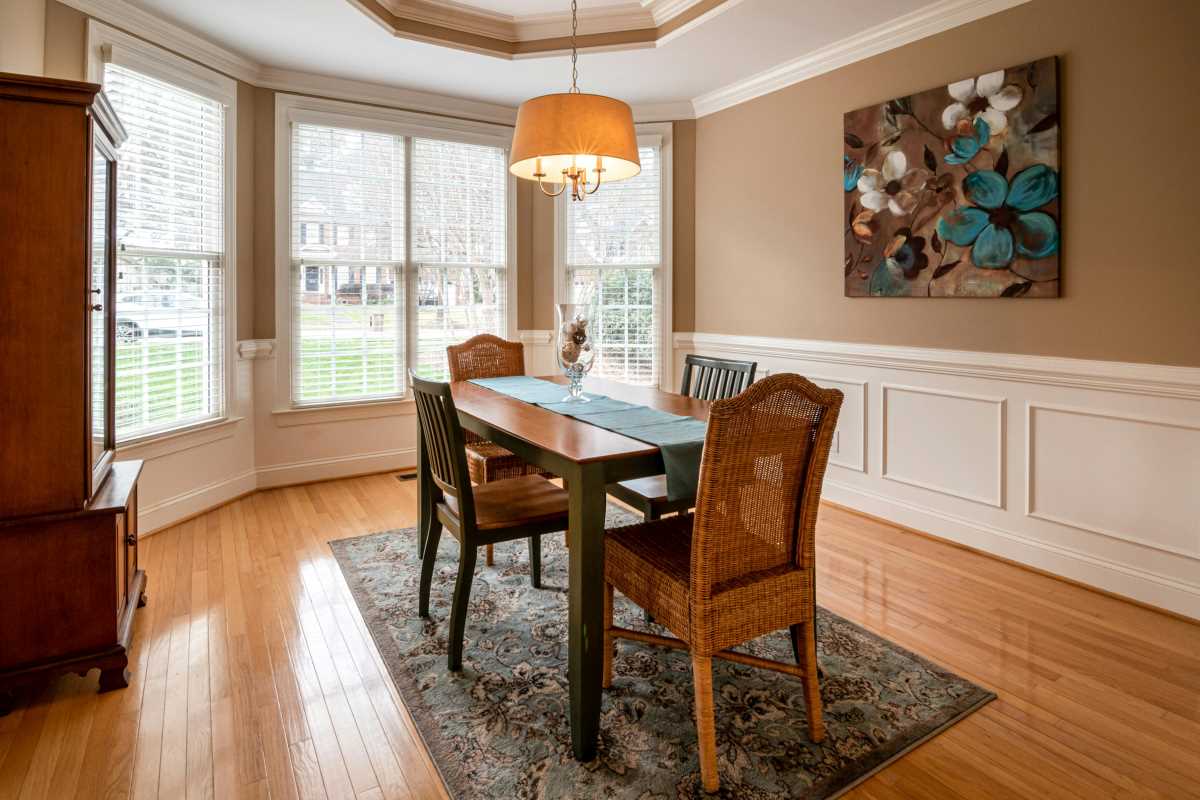A neutral color scheme is clean, calming, and creates the perfect backdrop for a minimalist aesthetic. But let's be real—sometimes, a room full of beige, white, and gray can fall a little flat. If you love the serene feel of neutrals but want your space to have that extra something, the secret isn’t adding a pop of color. It's all about texture. Textures can transform a simple, neutral room into a dynamic, layered, and totally authentic space. It’s how you add depth, warmth, and visual interest without disrupting your calm color palette.
Ready to level up your design game? Let’s explore how to use texture to make your neutral spaces shine.
Why Texture is Your Best Friend in a Neutral Room
So, what’s the big deal with texture? Think of it as the secret ingredient that gives a room its personality. In a space without a lot of color contrast, your eyes look for other things to keep them interested. Texture provides that stimulation by creating subtle shifts in light and shadow.
A room that mixes different textures feels rich and thoughtfully curated. A smooth, cool marble surface feels completely different from a soft, chunky knit blanket. When you combine these elements, you create a sensory experience that is both visually and physically appealing. It’s the difference between a room that just looks good and one that feels good to be in.
Must-Have Textures for a Dynamic Neutral Space
Creating a textured wonderland is all about layering different materials and finishes. The goal is to mix it up! Here are some key textures to incorporate into your design.
Layer Your Textiles Like a Pro
Textiles are the easiest and most impactful way to introduce texture. They add instant warmth and comfort.
- Chunky Knits: A thick, woven throw blanket draped over your sofa or bed is a classic for a reason. It screams cozy and adds a heavy, comforting texture.
- Lush Velvet: Velvet isn’t just for bold colors. A neutral-toned velvet pillow or armchair adds a touch of luxury and a soft, light-catching sheen.
- Natural Linen: Airy and breathable, linen curtains, bedding, or even a slipcovered sofa bring a relaxed, organic feel. The natural wrinkles in the fabric are part of its charm.
- Faux Fur and Bouclé: These trendy textures are all about creating a soft, inviting look. A faux fur rug or a bouclé accent chair can be the perfect statement piece.
Embrace Natural Materials
Bringing elements from the outdoors inside is a core part of creating an authentic, grounded space. Natural materials often have unique, imperfect textures that add tons of character.
- Wood Finishes: Don't just stick to one type of wood. Mix a light-toned oak coffee table with a darker walnut side table. The different grains and finishes will add incredible depth.
- Rattan and Wicker: These woven materials are perfect for adding a touch of bohemian flair. Think rattan chairs, wicker baskets for storage, or a woven pendant light.
- Stone and Marble: The cool, smooth surface of a marble coffee table or a stone vase provides a perfect contrast to softer textiles. It adds a sleek, modern, and high-end feel.
Play with Different Finishes
Texture isn't just about what you can feel; it's also about what you see. The finish of an object—whether it's matte, glossy, or metallic—plays a huge role in how it interacts with light.
- Matte vs. Glossy: A matte black metal lamp will absorb light, while a glossy ceramic vase will reflect it. Placing these two items near each other creates a subtle but effective contrast.
- Metallic Accents: A touch of metal can make a neutral room pop. A brushed brass floor lamp, a chrome picture frame, or a black metal-legged table adds a sleek, industrial edge that balances out softer elements.
How to Balance Textures for a Cohesive Look
The key to a successful textured space is balance. You want it to feel layered and interesting, not chaotic and cluttered.
Stick to Your Palette
Even though you're playing with a wide range of textures, make sure they all fall within your chosen neutral color palette. This is what will keep the look cohesive and calming. A room filled with ivory, beige, tan, and soft gray can handle a lot of different textures because the colors unite them.
Create Contrast
The magic happens when you pair contrasting textures together.
- Place a smooth, ceramic vase on a rough, live-edge wood shelf.
- Lay a soft, plush rug on top of a sleek, polished concrete floor.
- Toss a chunky knit pillow on a smooth leather sofa.
This "opposites attract" approach is what creates visual tension and makes the room feel dynamic and alive.
Think About Scale
Vary the scale of your textures just like you would with patterns. Use large-scale textures, like a big woven area rug, as your foundation. Then, layer in smaller-scale textures, like pillows with detailed embroidery or a vase with a ribbed finish. This mix keeps the eye moving and adds complexity to the design.
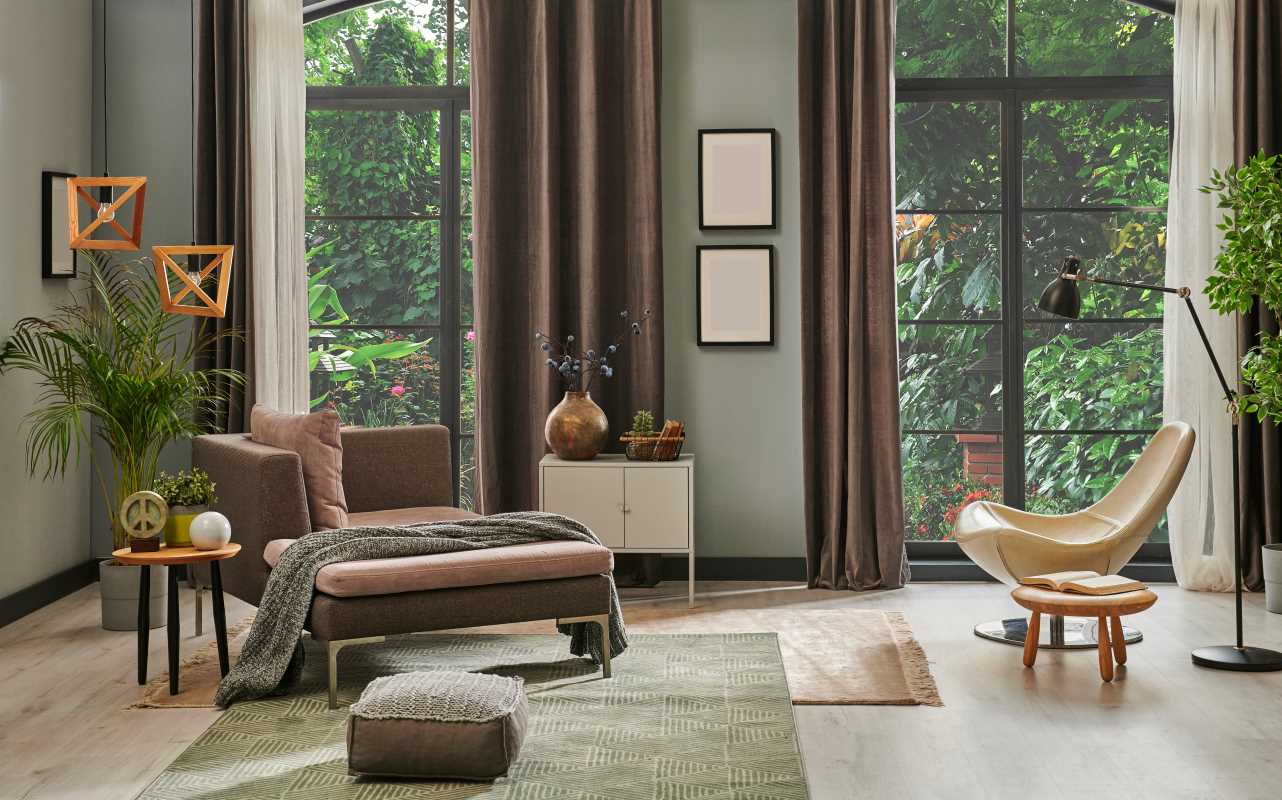 (Image via
(Image via